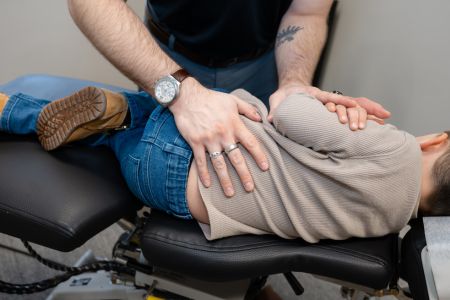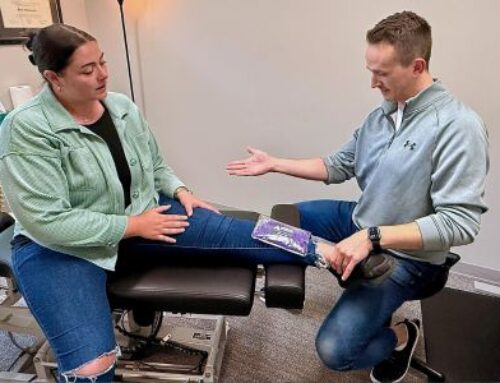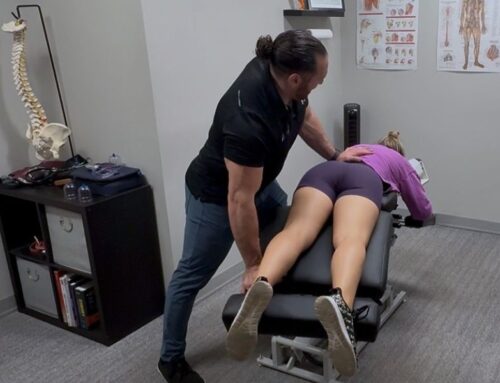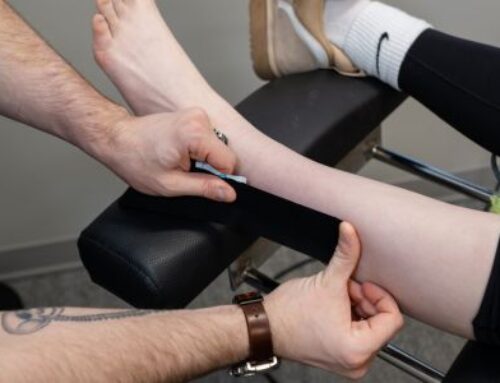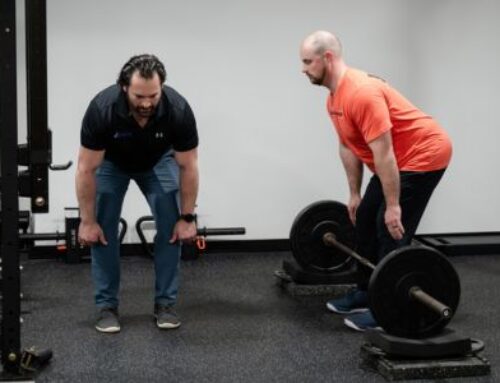Managing scoliosis during adolescence can feel overwhelming for families. However, understanding how chiropractic care for adolescent scoliosis can help manage symptoms and support spinal health is an important step toward taking action. During growth, the spine is highly adaptable—making early, conservative care essential in improving comfort, function, and quality of life. If you’re just beginning to learn about idiopathic adolescent scoliosis, be sure to check out our previous blogs: Idiopathic Adolescent Scoliosis: Causes, Symptoms, and Treatment and Understanding Scoliosis Progression and Stabilization in IAS.
Why Early Intervention Matters in Adolescent Scoliosis Care
Idiopathic adolescent scoliosis (IAS) tends to progress most rapidly during puberty. Between the ages of 10 and 16, the spine goes through accelerated growth. This is when spinal curves are most likely to worsen. Once the spine reaches skeletal maturity, typically around ages 16 to 18, the curve usually stabilizes. Remember Risser sign.
That means the window for managing progression is limited. Conservative care—especially early on—can help improve posture, reduce muscle imbalances, and support the body during this critical phase. Chiropractic care for adolescent scoliosis focuses on addressing these functional changes before they become long-term patterns.
What Chiropractic Care Offers for Adolescent Scoliosis
Chiropractic care for adolescent scoliosis is not aimed at straightening the spine. Instead, it focuses on reducing the functional impact of scoliosis, improving mobility, and relieving tension caused by the curve.
1. Soft Tissue Therapy
Scoliosis often causes muscles on one side of the spine to become tight, while the other side weakens. This imbalance can exaggerate postural changes and lead to discomfort.
Soft tissue therapy—including massage, myofascial release, and trigger point work—can:
- Reduce muscular tension
- Improve range of motion
- Relieve strain around the spine
2. Spinal Manipulation
Chiropractic adjustments can improve joint mobility and reduce restrictions that form due to postural asymmetries. These gentle techniques help support:
- Healthier movement patterns
- Better spinal mobility
Spinal manipulation for scoliosis is always tailored to the individual and should be used alongside other therapies.
3. Rehabilitation Exercises
Corrective exercises are essential for strengthening weak muscles and improving balance.
These exercises can:
- Enhance postural awareness
- Build strength in spinal stabilizers
- Support spinal symmetry and coordination
When combined with hands-on therapies, rehab exercises help create long-term functional improvements.
Goals of Conservative Adolescent Scoliosis Care
The primary goal is not to reverse scoliosis but to:
- Slow or prevent curve progression
- Improve posture and comfort
- Reduce the functional component of scoliosis
- Enhance the effectiveness of bracing or physical therapy, if used
Chiropractic care for adolescent scoliosis empowers teens to take an active role in managing their spinal health in a safe, supportive way.
Take the Next Step Toward Scoliosis Management
If your child has scoliosis, conservative care can be a valuable part of their treatment plan. Chiropractic care, soft tissue therapy, and rehabilitation exercises offer a non-invasive way to manage symptoms and support long-term spinal health.
Schedule an appointment with Dr. James Walters today. We’re here to support your child’s comfort, mobility, and confidence as they grow.

